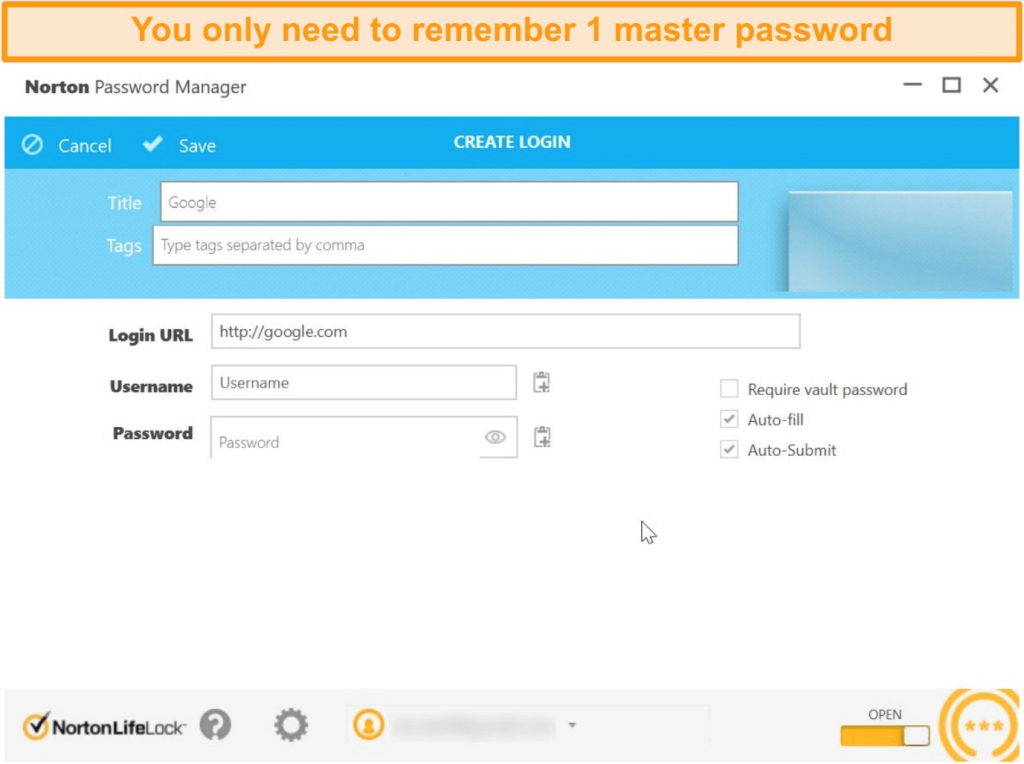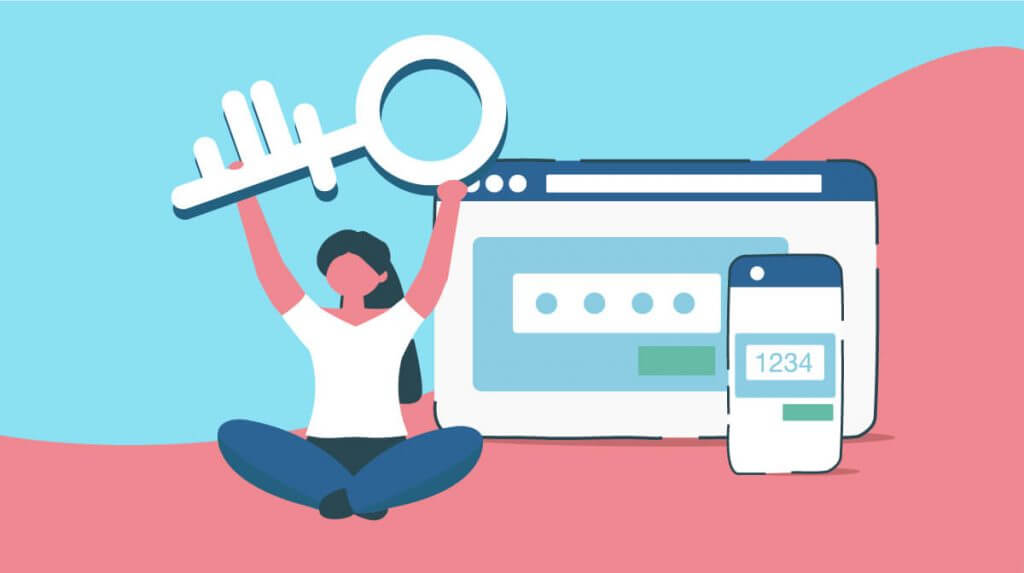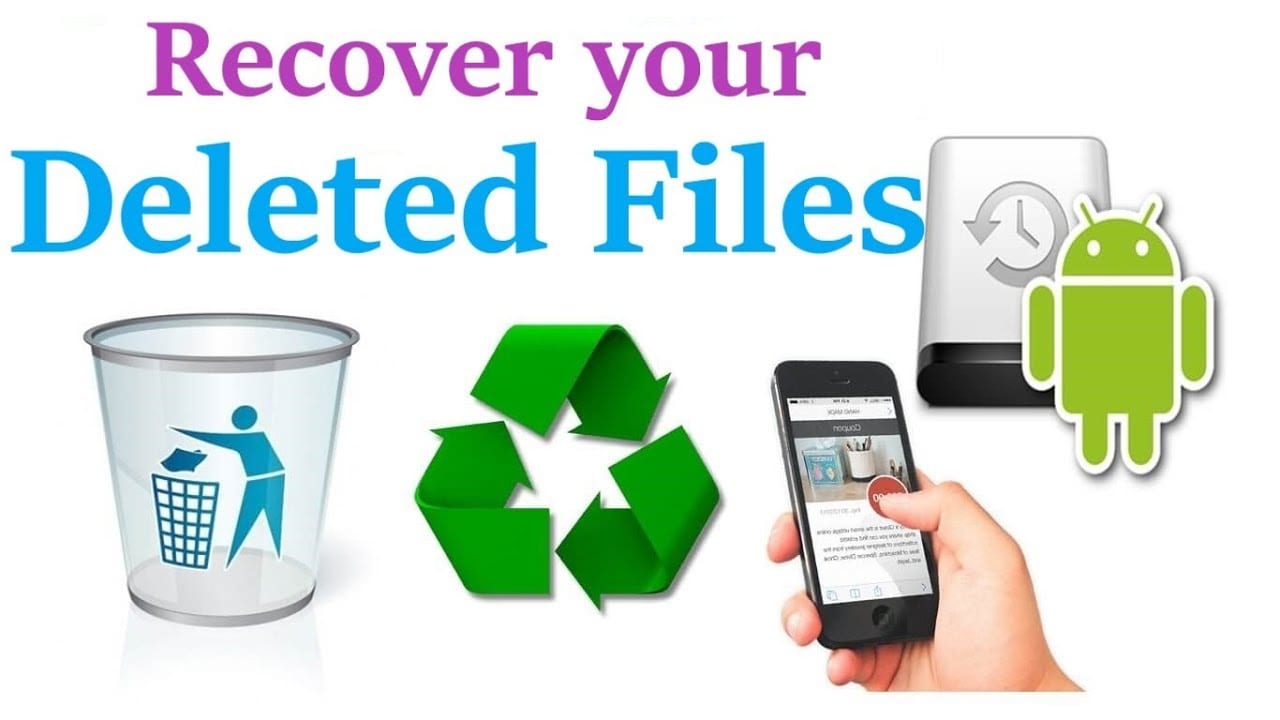How to Stop Companies From Collecting Your Personal Information?
Introduction
With the increased focus on development and technology, most people use various digital devices for their daily tasks. Elements like IoT, wearables, and smartphones are common accompaniments for most people today for personal and professional use. However, such software always collects customer data, like browsing history, health data, GPS location tracking, etc.
Many companies collect user details for their products, like personal identity, address, IP address, and more. Therefore, it is vital to use the right preventive measures to stop companies from acquiring personal customer data, like with identity protection software.
Read ahead to know the different methods you can take to protect consumer data from digital devices, third-party service providers, and businesses.
Methods to block companies from getting customer data
Businesses in different industry verticals, organizations, and service providers collect customer details like identification, location status, payment information, etc., for streamlined performance. However, this can open you to external cyber-attacks, data thefts, and potential malware damage.
We looked through the known solutions to protect consumer data and compiled this list of the best ways to combat unauthorized digital data collection.
Solution 1: Download and Utilize a VPN
Using a VPN or Virtual Private Network is one of the most effective ways to protect one’s personal data while using online services. People often browse the internet while they are using public WiFi or a network. Even in privatized intranet within companies, there is the potential of connecting to one server system between multiple users.
You can use suitable VPN software like NordVPN to keep public browsing safe and defend all users’ online activity and movement data. This VPN service provider has more than 5500 servers across 60 countries, making it simple to access and use for most global users. You can privately search for content, access services like streaming videos from other countries, and safeguard yourself from dark web monitoring.
Solution 2: Opt for ad-blocking and anti-tracking tools across all devices
While searching for content or filling up any form, sites produce tracking cookies that reach users’ devise. These small-scale files in the browsers trace users’ online activity across websites and identity them.
A suitable solution is to apply anti-tracking extensions for mobile devices and desktops, like Adblock Plus. It blocks the tracking cookies from collecting any data without the user’s permission. The extensions work as browser add-ons and are compatible with most devices/platforms. Moreover, they stop ads and block third-party trackers efficiently.
Solution 3: Avoid using a tracking-centric search engine
For most people, Google is the main search engine of choice for their online activities and browsing. However, high-scale organizations like Google create user profiles and acquire data for analytical insights from past web activity and search history. Common reasons include understanding customer persona and requirements to promote targeted ads.
On the other hand, some search engines like Startpage do not ask for private user information or store it for external usage.
Solution 4: Study the privacy agreements carefully and configure settings
Some websites and applications do collect a certain amount of user information for operations. For example, for apps that allow users to order food online, data tracking and GPS location tracker activation are necessary for the software to find your correct location.
A common mistake many users make while downloading a new app or signing up for a service or account is not reading the fine script, i.e., privacy policies and T&C details. Not reading it and giving permission to the company can allow them to collect, use, and distribute your personal data as they need. Read the privacy and terms of service details to understand if you permit more complex matters than is acceptable.
You should access the settings and make adjustments to the preferences as necessary. For example, there is an Ad preference-related page on Google. In addition, you can go to the settings and switch off personalized ads from your account.
How to Do This (via Android smartphone)?
Step 1: Open your smartphone device and access the main menu.
Step 2: Go to the Settings section.
Step 3: After the Settings menu opens, scroll down to the “Accounts” option and click on Google.
Step 4: On the next page, open Privacy > Ads.
Step 5: Click the check box off for the “Opt-out of interest-based ads” prompt under the Ads sub-menu.

Step 6: Close the Settings and return to regular browsing.
Solution 5: Avoid phishing scams
Many of the emails people receive are automated alerts or notifications from different companies. However, some email types from unknown senders can get jumbled among the various emails.
It is best to avoid opening these emails or clicking on the given links since they may be phishing or ID theft hacking attempts. Block any contact that continuously sends spam messages and inform the service provider about these messages. You can also use antivirus software to keep our phishing attacks due to its Anti-Scam Protection feature.
Solution 6: Activate Multi-Factor Authentication
While entering or registering an online account through another device, the service provider asks for permission to allow automated sign-in details. In addition, some sites ask multiple times for users to access a site or service, even when they reload the site after a few seconds of inactivity.
Service providers that allow 2FA or MFA password protection to enter accounts are more reliable options. Here, the software activates multiple steps of ID authentication, like Pincode, OTP, and fingerprint ID. Enable these features for extra security and control the limit of personal data companies can acquire or store.
Solution 7: Use a Password Manager
One of the most common manners of losing control over one’s personal information and how much companies can collect is forgetting one’s password. Many users set weak or generic passwords or use the same option for different accounts. Unfortunately, this is not strong enough to block hackers, who can acquire access quickly.
You should download and use a high-quality password manager like NordPass or Norton 360 Password Manager. With this software, you can securely store all account passwords in one location and even create new and unique random passwords for different accounts.
How to Use This?
Step 1: After opening the Norton Password Manager on the browser, choose its icon from the top-right side. Sign in to the account.
Or directly download the software extension and launch it.
Step 2: Set up the online vault and import your account information, passwords, and other information from different sites in it. Create a master password, as directed under the software.

Step 3: the app would send occasional alerts about updating, saving, or filling up data in the vault.
Solution 8: Use an Identity Protection Software
To protect consumer data, you can opt for an all-in-one identity protection software like Systweak Advanced Identity Protector. This tool lets users keep their private data, like credit card information, email accounts, passwords, credential data, social security numbers, etc., completely private.
The app is simple to install and use on both Windows and Mac devices. The software stores all sensitive information in the pre-set Secure Vault for added protection or delete them if necessary. The software scans for faulty or unprotected details and carefully organizes all details in the vault for encrypted protection.
Through the Secure Vault, you can find details like account and password information quality across the connected devices.
Conclusion
You can use multiple techniques to safeguard your personal data from companies across different platforms. For example, you can download and apply a VPN service or use ad-blocking extensions/tools on your device. Alternatively, you can operate a specialized identity protection software like Systweak’s app or safeguard all details within a Password manager.
Try out multiple of these techniques to protection your details online before finalizing one method that suits your needs best.
Popular Post
Recent Post
How To Connect to a Wi Fi Using a QR Code: Latest Guide
Wi-Fi is now a basic part of our lives. We use it at home, in offices, schools, and public places. But typing long passwords every time you connect can be annoying. Sometimes you might even forget your Wi-Fi password. That is where QR codes come in handy. With QR codes, you can connect to any […]
How To Connect a Wireless Printer Easily to Windows 11/10 PC
Printing tasks are part of most home and office work today. Isn’t it? Well, yes! Using a wireless printer makes printing easier and faster because you don’t need cables. It allows you to print documents and images from any corner of your room as long as your device and printer are connected to the same […]
How To Connect Your Windows 11 PC to a Projector or Another PC
A bigger screen can help you share your work with others. When you connect your Windows 11 PC to a projector, your screen becomes easier to view in a meeting room, classroom, or home. You can show slides, videos, notes, or entertainment. Most people do this for work or study, but it is also helpful […]
How To Set Up Dual Monitors Easily Windows 11/10: Complete Guide
Working with one screen can feel limiting. You switch between apps constantly. Your workflow slows down. A dual monitor setup changes everything. It gives you more space to work. You can see multiple things at once. This guide shows you how to set up dual monitors easily on Windows systems support. Windows 11 and Windows […]
How to Set Your Preferred Default Printer On Windows 11/10: Complete Guide
Printing documents should be simple. But many users struggle with their printer settings. Windows often picks the wrong printer as the default. This creates delays and wastes paper. Setting up your preferred printer as the default saves time. It prevents printing errors. This guide shows you how to set your preferred default printer Windows systems […]
Ashampoo WinOptimizer Review: Can It Really Speed Up Your PC?
Is your computer running slowly? Do programs take forever to load? You’re not alone. Millions of PC users face this problem daily. Ashampoo WinOptimizer claims it can fix these issues. This software promises to clean junk files, boost speed, and make your computer run like new. But does it really work? Or is it just […]
Screen Mirroring | Screen Cast Phone to Laptop Windows 11
screencast phone to laptopScreen mirroring is a great way to show your phone’s screen on a laptop. Right? Whatever you see on your phone, videos, games, apps, it shows up on the bigger screen too. It’s great for watching with friends, sharing ideas, or just getting a better view. Lots of people think it’s hard […]
Avast Cleanup PC Cleaner and Optimizer: Everything You Need to Know
Your computer gets slower over time. This is normal but frustrating. Files pile up. Programs start automatically. Your PC takes forever to boot up. You need a solution that works. Something simple but effective. Avast Cleanup promises to fix these issues. But does it really work? This guide covers everything about Avast Cleanup. You’ll learn […]
How to Recover Permanently Deleted Files in Windows 10/8/7
Losing important files can feel like a disaster. Well, yes! Maybe you deleted something by accident. Maybe you emptied the Recycle Bin a little too quickly. Suddenly, that crucial document or cherished photo seems lost forever. But take a deep breath. Windows 10 (and even 8 or 7) offers powerful ways to recover permanently deleted […]
Iolo System Mechanic: Full Review & Performance Breakdown
A fast computer is vital today. Slow systems waste time and hurt productivity. Common reasons include too many startup apps, junk files, and broken settings. There are many tools that claim to fix these issues. Some are light cleaners. Others act as full optimization suites. Iolo System Mechanic belongs in the second group. It is […]



























